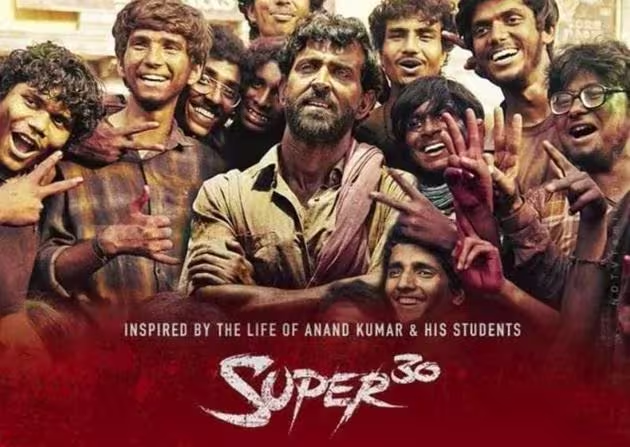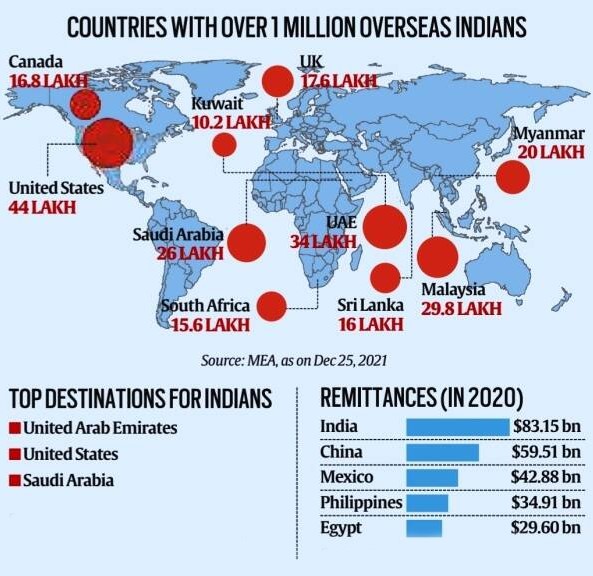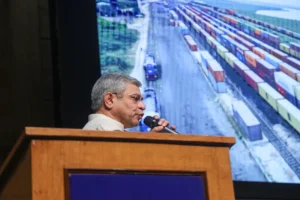
Is a startup that is expanding proof that it is flawless? that it’s the world’s best? that you intend to use it immediately for everything?
Naturally, the answer is no. However, you may begin to use it, invest in it, and tell your friends about it. And that’s how we view India, as the graph below illustrates: it’s both an ancient civilization and a developing nation.
We are investing in India and Indians because we see growth potential that contributes to the development of Bharat and because an independent and powerful India benefits the world. Now let’s address a few typical counterarguments.
1) Civilizational Reincarnation:
First of all, you’ll notice the “ancient civilization” above. This is one of the oldest civilizations in human history: the Indus Valley civilization. However, India remains comparable to a tech startup since, following liberalization, it underwent a similar civilizational rebirth in 1991 as China did in 1978. We recognize this every time we use the term “leapfrogging.” Why could India jump straight over landlines straight to mobile, or from cash to UPI? because, following centuries of colonization and occupation, it was only recently reborn. Additionally, we are aware of reincarnation.
2) Underdog Millionaire:
Secondly, just because something is getting better doesn’t mean it’s already the best. The fact that Indians consider themselves to be underdogs is, in fact, one of the most significant aspects of India. Not hungry “slumdogs,” like the deplorable term, nor arrogant underdogs, but underappreciated underdogs who have a chance to win but are by no means assured of it.
That’s the takeaway from films such as Super 30 (http://youtube.com/watch?v=QpvEWVVnICE), which is radically dissimilar from Black Mirror. Because they aren’t, Indians are aware that they aren’t #1 or even #2. However, the diaspora contributes to the idea that Indians can be world-class and that India has the potential to do so as well, which is one reason why India is currently rising to the challenge.

3) Decentralized Diaspora:
Thirdly, this leads us to one of India’s most valuable assets: its vast diaspora. India is poised to play the greatest away game in the world this century, but China may wind up playing the greatest home game. India’s development will therefore not resemble China’s.
Indians are able and willing to relocate anywhere, for starters. Because they still believe that their societies are the only “First World” places, most Westerners are unwilling to relocate. Furthermore, the Chinese state’s restriction on their travels to any country in which it lacks hard power has made it harder and harder for them to relocate.

4) Special Economic Zones:
Together, these indicate that: (a) India is reborn; (b) Indians are aware of their status as underdogs while still rising; and (c) Indian development will differ significantly from Chinese development in that it will place a greater emphasis on the diaspora.
That’s one of the reasons special economic zones are on my mind a lot. Indians prospered in Delaware, Dubai, Singapore, and the Anglosphere after they migrated to areas with distinct economic systems. After India altered its economic structure in 1991, they have also begun to flourish there.
Thus, the key is to alter the economic structure. Additionally, we compile a feature list of things that need to change with each investment we make in India.
5) Investor, not cheerleader:
That is, in essence, what the cited tweet erroneously states.
It’s not about being a “cheerleader” who must “stay” in a place to make investments in it; just think about what would happen if every company could only receive funding from their next-door neighbors.
To read more such news, download Bharat Express news apps


















